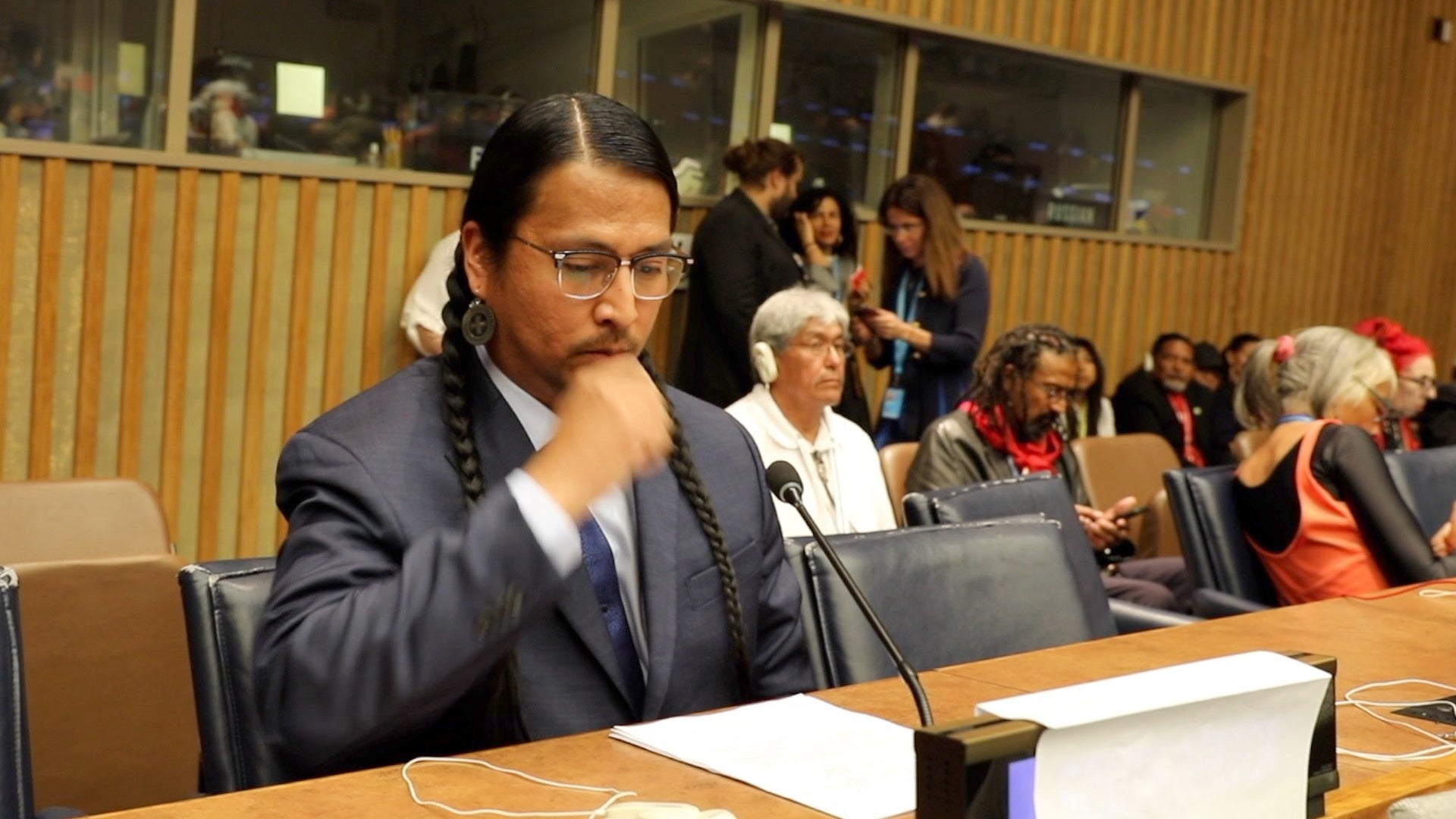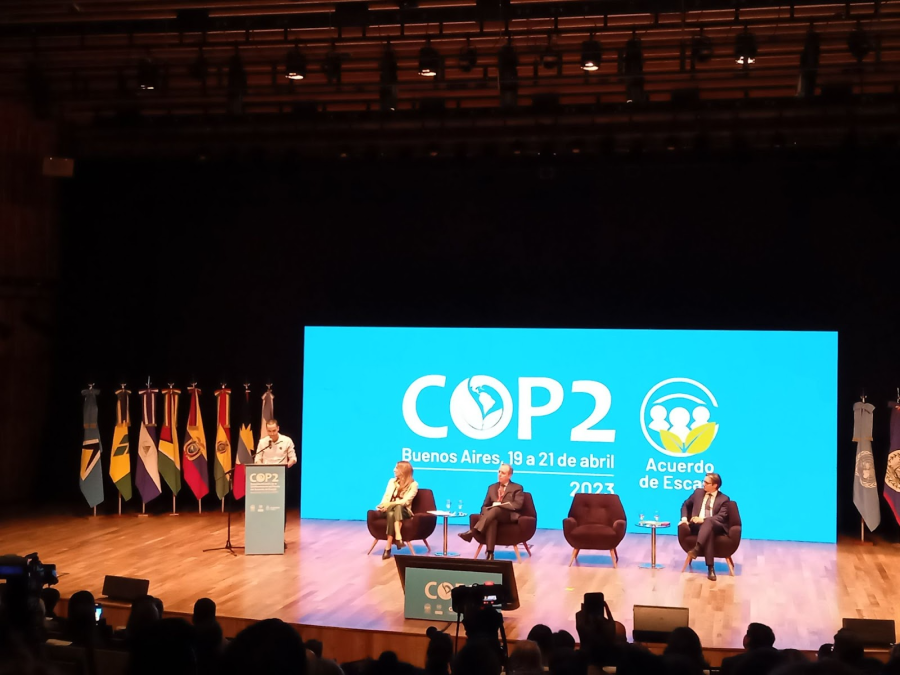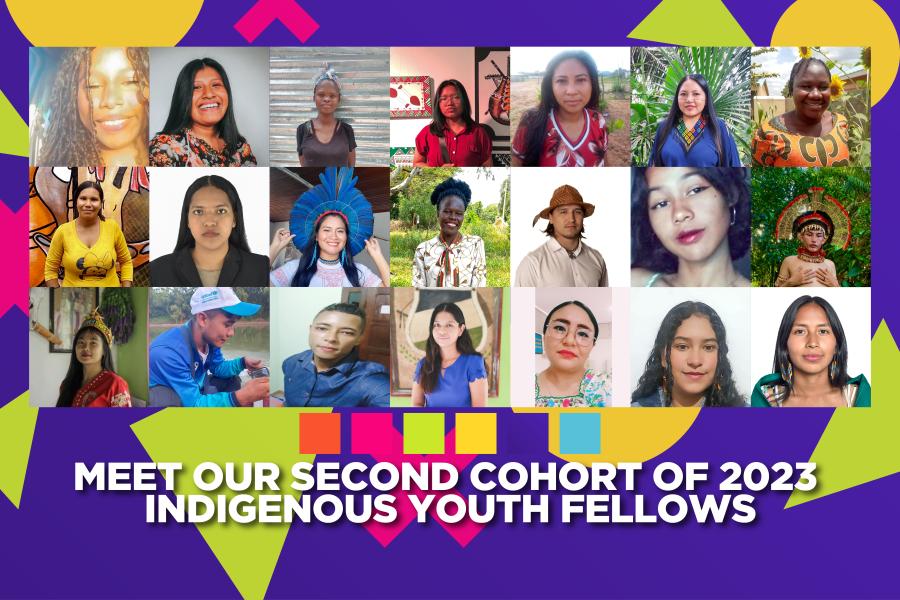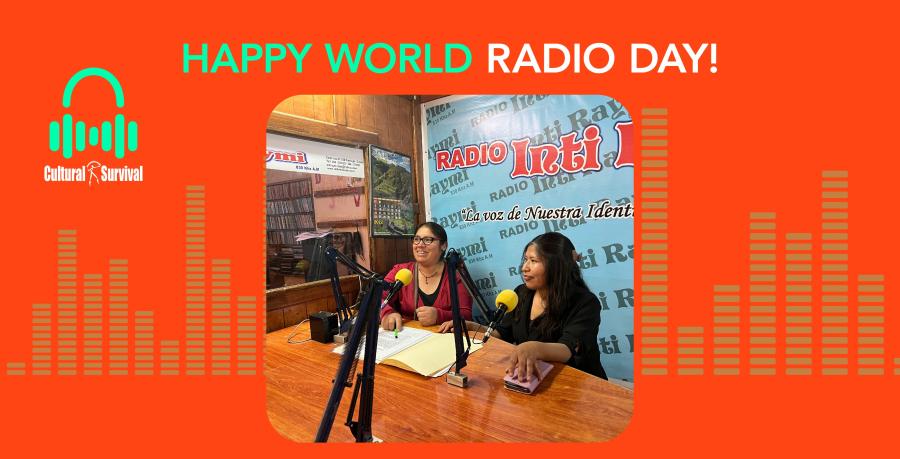By Wakinyan LaPointe (Sicangu Lakota)
On September 13, 2007, 144 member states of the United Nations General Assembly adopted the Declaration on the Rights of Indigenous Peoples. Among them, Australia, Canada, New Zealand, and the United States voted against the Declaration before eventually adopting it. This hard won victory came at the heels of over three decades of international rights advocacy, marches, negotiations, and movements by Indigenous Peoples. This international Indigenous rights movement was not solely a political movement; it was a spiritual and cultural movement that ultimately disrupted the global status quo and colonial norms of States that for too long had ignored the existence of Indigenous Peoples. The changes to international law led by Indigenous Peoples would ripple out for decades to come and create positive impacts for other marginalized peoples.
During the 1970s, Elders mandated rising Indigenous leaders to “take their treaties to the UN.” These young Indigenous leaders journeyed to the United Nations with a vision given to them by their Elders, and in turn, they changed the world. Today, the next generation of Indigenous leadership is stepping into the helm of the international Indigenous rights movement. The steps and milestones achieved by Indigenous leaders since the 1970s laid the foundation for future generations to go even further. For over three decades, Indigenous human rights strategies, policies, principles, and organizing methodologies were forged through the efforts, trials, and tribulations of Indigenous Peoples from the grassroots to the international level.
Roxanne Dunbar-Ortiz, in “How Indigenous Peoples Wound up at the United Nations,” from the book "The Hidden 1970s," writes about how the American Indian Movement (AIM) took over the Bureau of Indian Affairs and the Wounded Knee Occupation and stood against the injustice of the federal government, creating the catalyst for the international Indigenous movement through the support of Geneva-based UN actors who heeded Indigenous calls to action. Dunbar-Ortiz explains how the American Indian Movement convened Indigenous Peoples throughout the world to strategize treaties and their rights in the UN, writing, “Out of the deliberations, the International Indian Treaty Council was born, with a mandate to establish an office at the United Nations and to explore the avenues for linking up with the international human rights agenda.” Grassroots Indigenous movements played a central role that gave stamina, longevity, and heart to the movement that realized the UN Declaration on the Rights of Indigenous Peoples in 2007.
Sheryl Lightfoot, author of "Global Indigenous Politics: A Subtle Revolution," shines a light on the Indigenous leaders that came together at that time:
“In 1974, a group of more than 5,000 Elders and traditional leaders representing 98 Indigenous nations from 9 countries gathered at Standing Rock Reservation in Lakota territory, what is now commonly known as South Dakota, U.S.A. These elders and leaders decided to take their treaty issues to the international level, especially the UN, and so they officially founded the International Indian Treaty Council (IITC) as their organizational vehicle. With founders that included AIM members Russell Means (Lakota), Bill Means (Lakota), and Vernon and Clyde Bellecourt (Anishinaabe), the IITC is sometimes known as the 'diplomatic arm of AIM.' Later in 1974, the IITC established an office in New York, right across the street from the United Nations."
There is so much more to this global history than Lightfoot's article can fully relate. It is clear that Indigenous communities held a central role in the development of their own human rights. Too often, Western legal discourse attributes rights development as the sole prerogative of legal experts and scientists. As we have seen throughout history, civil, political, cultural, economic, and human rights were brought to the fore by communities who stood up to injustice. This is to say, every Indigenous person holds an important role in the realization of their rights and the protection of the natural world.
What did the global Indigenous rights movement achieve with the UN Declaration on the Rights of Indigenous Peoples?
- The recognition of Indigenous Peoples' collective human rights. Prior to the Declaration, Indigenous Peoples were codified as “minorities” and “individuals” entitled to assimilative, State-centric human rights. The recognition of Indigenous Peoples’ collective human rights brought greater specificity to the rights of other diverse groups of minorities and ethnicities.
- A first of its kind, international stakeholder dialogical process whereby Indigenous Peoples had direct participation alongside member states in the drafting of the UN Declaration on the Rights of Indigenous Peoples. Previously, member states would draft international law among themselves. The newly formed Indigenous participatory human rights process emerged as a formula for other UN stakeholder processes focused on drafting instruments and divisions seeking to recognize the inherent rights of marginalized groups.
- The recognition of Indigenous Peoples' right to self-determination of their social, economic, and political status; in other words, the right to determine their own futures.
- Codification of the right to Free, Prior and Informed Consent (FPIC), which obliges States to consult with Indigenous Peoples on any infrastructure projects concerning their lands, waters, and natural resources.
- Development of international Indigenous human rights strategies, policies, and organizing methodologies that offered a foundation for future generations of Indigenous Peoples. One program dedicated to transferring this knowledge is the UN Office of the High Commissioner for Human Rights (OHCHR) Indigenous Fellowship Programme. Established during the first International Decade of the World's Indigenous Peoples (1995-2004), this program provides training for Indigenous Peoples on strategizing within the UN System.
- The recognition of a greater breadth of Indigenous human rights, and therefore a mechanism of redress for a broader spectrum of human rights issues particular to Indigenous Peoples through UN mechanisms and special procedures.
In 2022, the Committee on the Elimination of Discrimination Against Women adopted General Recommendation No. 39. This outlined specific guidance on the rights and protections for Indigenous women and girls, which previously was absent from the Convention. The Committee will conduct procedures for monitoring State compliance, investigating complaints, and developing human rights reports integrating data concerning the rights of Indigenous women and girls in the future.
Personal reflection: Where do we go from here?
In April 2023, I was selected to join the United Nations Office of the High Commissioner for Human Rights Indigenous Fellowship Programme (IFP). The purpose of the program was to position Indigenous human rights defenders to strategically employ UN mechanisms, instruments, and international law for the purpose of advancing Indigenous Peoples’ human rights. The IFP culminated with the 16th Session of the Expert Mechanism on the Rights of Indigenous Peoples from July 17-21. On July 15-16, the Indigenous Peoples Caucus held a two-day preparatory meeting at the World Council of Churches in Geneva, Switzerland. There, Indigenous Peoples proposed human rights recommendations that were emblematic of Indigenous calls to action during the 1970s.
During the two-day Indigenous Peoples Caucus preparatory meeting, Indigenous Peoples proffered recommendations on enhanced participation. They identified that a necessary next step was to go beyond their current status as recognized UN observers, and instead that Indigenous Peoples need to be on equal footing with member states. Some proposed they be called "permanent observers," while others recommended "governments" or "Nations." The recommendations of today's activists reflect the hopes of those who came before them in the 1970s, that Indigenous self-determination, sovereignty, and political status within the UN system would be fully recognized. The comments also brought to the fore that many of the goals of the movements that emerged in the 1970s remain unmet. Indigenous Peoples do not want to be recognized as a domestic unit of States; they demand to be on equal or greater footing in political status and recognized as critical to the survival of the natural world, to paraphrase James Anaya in "International Human Rights and Indigenous Peoples."
The work of the international Indigenous rights movement that arose in the 1970s is far from over. As I write this, escalating global warming and the effects of climate change, resource scarcity, and ecological destruction are driving States and multinational corporations increasingly to target the territories and waters of Indigenous Peoples. Concurrently, the work of our predecessors is being succeeded by generational leaders. What might this mean for the future?
- According to Sheryl Lightfoot in "Global Indigenous Politics: A Subtle Revolution," during the final moments of the drafting of the Declaration, member states devolved the Indigenous right to self-determination as ‘aspirational,’ rather than inherent, consequently leaving much work to be done for future generations in strengthening precepts of Indigenous self-determination.
- Treaties signed by Indigenous Nations and States continue to be seen as domestic matters. Indigenous Peoples are still vying for their treaties to be acknowledged as international instruments that reaffirm Indigenous nationhood. There is much work to be done on this front.
- From July 6-14, 2023, the Assemblies of Member States of the World Intellectual Property Organization decided that the Intergovernmental Committee on Intellectual Property and Genetic Resources, Traditional Knowledge and Folklore (IGC) will, during the next budgetary biennium in 2024-2025, in a member state-driven process, continue its work on the protection of genetic resources (GRs), Traditional Knowledge (TK), and traditional cultural expressions (TCEs) with the objective of finalizing an agreement on an international legal instrument, without prejudging the nature of outcomes relating to intellectual property, which will ensure the balanced and effective protection of TK and TCEs. Indigenous Peoples are working to include precepts of the Declaration and Indigenous intellectual property rights in the forthcoming legal instrument.
- There is a greater need for UN, philanthropic, and institutional investment into Indigenous participation across a greater spectrum of UN forums. Indigenous Peoples engage the Expert Mechanism on the Rights of Indigenous Peoples and the UN Permanent Forum on Indigenous Peoples on a consistent basis. Additionally, it is important for Indigenous voices to hold States accountable at Universal Periodic Reviews, the UN Forum on Business and Human Rights, and other UN mechanisms and forums and to engage UN Treaty Committees and Special Procedures.
- The mandate of the Expert Mechanism on the Rights of Indigenous Peoples (EMRIP) to conduct country engagement is underutilized by Indigenous Peoples. Under the country engagement mandate, EMRIP receives and reviews complaints from Indigenous Peoples, and may decide to send independent experts from to the country named in the complaint to investigate and monitor human rights compliance.
- There is a global opportunity for partnership building among Indigenous Peoples. Building transnational Indigenous partnerships and giving legitimacy to Indigenous-led forums on human rights is a critical step to informing international law through a unified approach.
- Others have recommended that by utilizing the Declaration across the UN System, there will be greater recognition of it as customary law, similar to how the Universal Declaration on Human Rights is accepted as binding customary law among member states. There is an opportunity for Indigenous Peoples to elevate the Declaration through their efforts, innovation, and creativity.
I would be remiss to leave out a polarizing topic among Indigenous Peoples within the UN. Some have explored the theory of heading towards a UN treaty on the rights of Indigenous Peoples. However, like the discussions held in the 1970s during the formative stages of Indigenous rights, I have learned that this would come with great challenges. Member states are less likely to oblige themselves to a legally binding treaty on Indigenous Peoples' human rights. Furthermore, others have speculated that member states would limit the number of rights they embody, suggesting it would pale in comparison to the broad spectrum of rights outlined in the Declaration. More notably, scholars have stated a treaty is not needed since combining the Declaration with existing UN treaties would legally obligate member states to uphold Indigenous Peoples’ human rights. However, I leave this topic here to Indigenous Peoples in case it inspires some new thought, alternative innovations, and possibly an argument for or greater clarity among the international Indigenous community on a treaty. Perhaps a more modern treaty on the rights of Indigenous Peoples may become more relevant as Indigenous territories are increasingly targeted under the escalating environmental crisis. Or it may be that someday, the Declaration will have risen without a shadow of a doubt to the level of customary law.
I hope that the points I have outlined here will provide some semblance of a blueprint, clarity, and food for thought on this 16th Anniversary of the Declaration on the Rights of Indigenous Peoples. In the past, I have advocated for Indigenous Peoples’ human rights at the UN World Conference on Indigenous Peoples (2014), the Permanent Forum on Indigenous Issues (2014-2023), the Expert Mechanism on the Rights of Indigenous Peoples (2019, 2023), and other UN forums. While there, I have met young Indigenous leaders who seek to honor the efforts and voices of those who came before them. My goal with this article is to uplift the plight of the next generation of Indigenous leaders by consolidating some of the points of Indigenous human rights demands, organization, and exploration that have persisted throughout the decades.
As global environmental issues escalate, Indigenous Peoples will continue to transform international law by expanding international human rights strategies, policies, and organizational approaches capable of withstanding and overcoming key challenges. Our predecessors and Elders have cleared a path, bringing forth the Declaration on the Rights of Indigenous Peoples and equipping future generations with the tools and knowledge to open new entryways to liberation, Indigenous sovereignty, and the advancement of self-determination.

--Wakinyan LaPointe is a Sicangu Lakota citizen of the Rosebud Sioux Tribe. Mr. LaPointe is a Ph.D. student and holds a master's degree in Nonprofit Management. He is a Co-convener of the MKW Indigenous Water Decade (mnikiwakan.org) and an alumnus of the United Nations Indigenous Fellowship Programme ’23.



